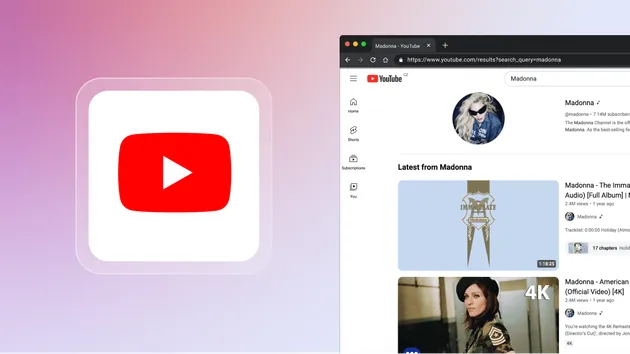Youtube Video Summarizer
Pricing
$150.00 / 1,000 videos
Go to Apify Store

Youtube Video Summarizer
Generate concise summaries of YouTube videos by providing a video URL.
Pricing
$150.00 / 1,000 videos
Rating
5.0
(1)
Developer

VulnV
Maintained by Community
Actor stats
7
Bookmarked
210
Total users
7
Monthly active users
2 months ago
Last modified
Categories
Share
The YouTube Video Summarizer is a powerful tool designed to generate concise and informative summaries of YouTube videos. Simply provide the video URLs, and the actor will analyze the content and deliver a text-based summary. Ideal for quickly understanding video content without watching the full duration.
Features
- Pay Only for Successful Requests: Users are charged only for the requests that successfully generate summaries.
- Summarize YouTube Videos: Automatically extracts and condenses key points from videos.
- Supports Multiple URLs: Process multiple video links in a single run.
- Structured Output: Provides summaries in a clear and organized format for easy consumption.
Input Schema
The actor accepts the following input parameters:
| Parameter | Type | Description | Required | Default |
|---|---|---|---|---|
start_urls | array | List of YouTube video URLs to summarize. | Yes | [] |
Example Input
Accepted Input URL formats
- Videos: https://www.youtube.com/watch?v=
- Shorts: https://www.youtube.com/shorts/
Maximum supported video length: 60 minutes.
Example Output
How to Use
-
Set Up the Actor:
- Install the actor from the Apify platform.
-
Provide Input Parameters:
start_urls: Add one or more YouTube video URLs.
-
Run the Actor:
- Execute the actor on the Apify platform.
-
View Results:
- Access the summaries in structured JSON format via the dataset.
Use Cases
- Content Research: Quickly extract main ideas from long videos for articles or research.
- Learning: Summarize educational videos for faster comprehension.
- Content Curation: Generate summaries for embedding into newsletters or blogs.
- Accessibility: Provide written summaries for users who cannot watch videos.


